Rising Demand for Biopharmaceuticals
The Lab Automation in Protein Engineering experiences a notable surge in demand for biopharmaceuticals, driven by the increasing prevalence of chronic diseases and the need for innovative therapies. As of 2025, the biopharmaceutical market is projected to reach approximately 500 billion USD, indicating a robust growth trajectory. This demand necessitates the efficient production of proteins, which is facilitated by advanced lab automation technologies. Automation streamlines workflows, enhances reproducibility, and accelerates the development of therapeutic proteins, thereby addressing the urgent need for effective treatments. Consequently, the Lab Automation in Protein Engineering Industry is poised to benefit significantly from this trend, as companies invest in automated systems to meet the growing biopharmaceutical needs.
Technological Advancements in Automation
Technological advancements play a pivotal role in shaping the Lab Automation in Protein Engineering. Innovations such as robotics, artificial intelligence, and machine learning are revolutionizing laboratory processes, enabling higher throughput and precision in protein engineering tasks. For instance, automated liquid handling systems and robotic platforms are increasingly utilized to perform complex assays and screening processes. These advancements not only enhance efficiency but also reduce human error, leading to more reliable results. As laboratories seek to optimize their operations, the integration of cutting-edge technologies into lab automation systems is likely to become a standard practice, further propelling the growth of the Lab Automation in Protein Engineering Industry.
Growing Need for High-Throughput Screening
The Lab Automation in Protein Engineering is witnessing a growing need for high-throughput screening (HTS) technologies, which are essential for the rapid evaluation of large compound libraries. The increasing complexity of biological systems and the demand for faster drug discovery processes drive this trend. HTS allows researchers to test thousands of samples simultaneously, significantly reducing the time required for protein characterization and optimization. As the pharmaceutical industry continues to prioritize speed and efficiency in drug development, the adoption of HTS solutions within lab automation frameworks is expected to rise. This shift not only enhances the capabilities of protein engineering but also positions the Lab Automation in Protein Engineering Industry for sustained growth.
Increased Focus on Research and Development
The Lab Automation in Protein Engineering is significantly influenced by the heightened focus on research and development (R&D) across various sectors, including pharmaceuticals and biotechnology. Organizations are allocating substantial resources to R&D initiatives, with global spending on R&D expected to exceed 2 trillion USD by 2025. This investment is aimed at discovering novel proteins and therapeutic agents, necessitating the adoption of automated solutions to enhance productivity and efficiency. Automation facilitates rapid experimentation and data collection, allowing researchers to iterate quickly and innovate effectively. As R&D efforts intensify, the Lab Automation in Protein Engineering Industry is likely to see increased demand for automated systems that support these initiatives.
Regulatory Compliance and Quality Assurance
Regulatory compliance and quality assurance are critical drivers in the Lab Automation in Protein Engineering Industry. As regulatory bodies impose stringent guidelines on biopharmaceutical production and testing, laboratories must adopt automated systems that ensure adherence to these standards. Automation facilitates consistent documentation, traceability, and reproducibility, which are essential for meeting regulatory requirements. Furthermore, automated systems can integrate quality control measures throughout the protein engineering process, minimizing the risk of errors and ensuring product integrity. As the emphasis on compliance intensifies, the Lab Automation in Protein Engineering Industry is likely to experience increased demand for automated solutions that enhance quality assurance and regulatory adherence.

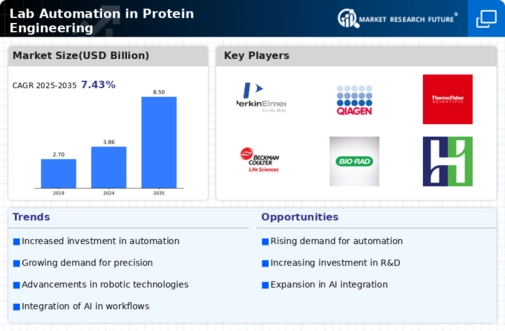
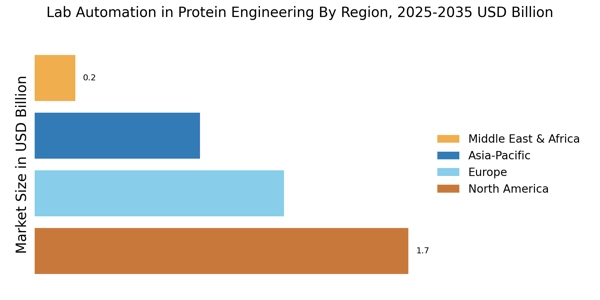

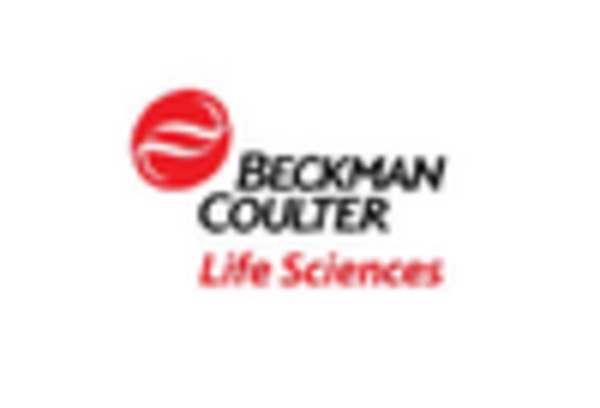

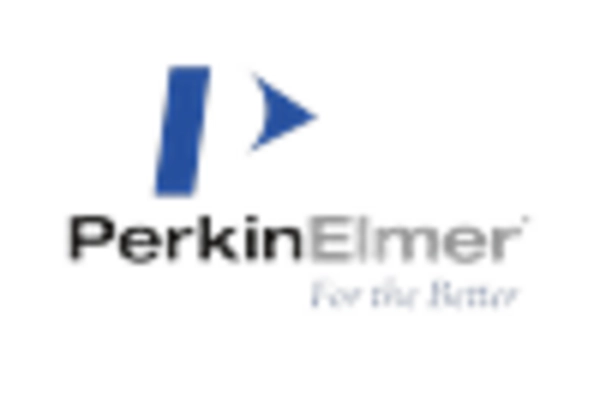
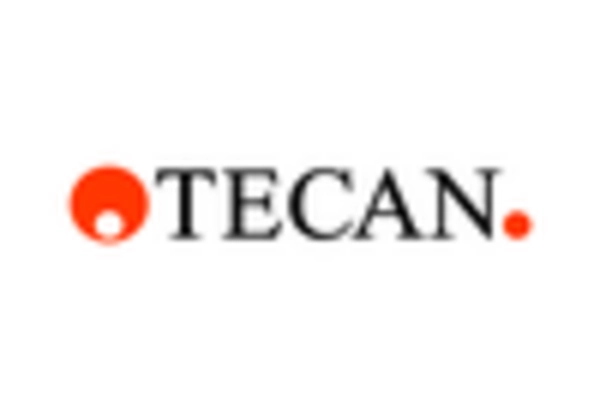









Leave a Comment